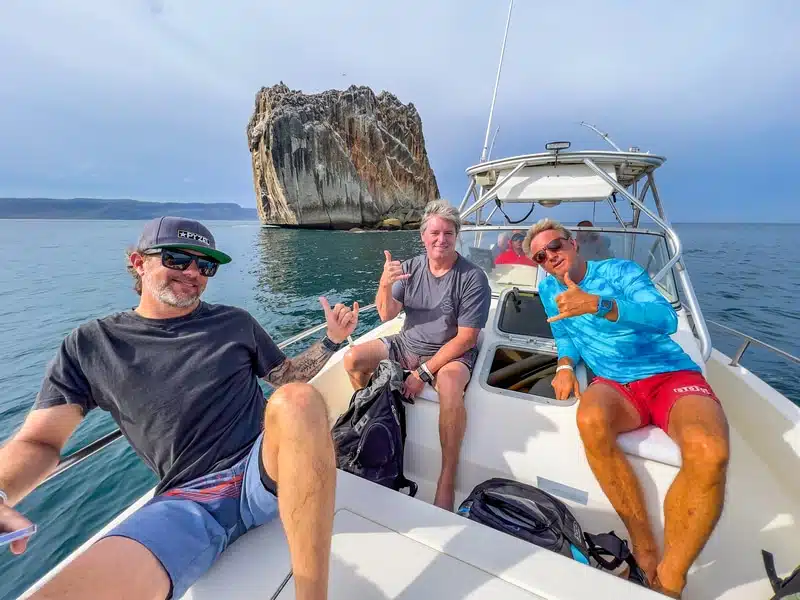First-time visitors assume Tamarindo Costa Rica weather follows the same pattern as the rest of the country. Not so!
Learn more about the weather patterns and what to expect for your trip.
What Are the Seasons in Tamarindo?
Some guide sources and poorly-written websites sort of lump all of Costa Rica into a tropical rainforest or cloud forest climate. The reality is Tamarindo is in the heart of The Costa Rica Gold Coast in the Province of Guanacaste.
Guanacaste is the dryest part of the country and is not classified as a rainforest at all. So let’s talk about the real seasons that dictate Tamarindo, Costa Rica weather and that of surrounding areas like Playa Grande and Hacienda Pinilla (vacation rentals available here).
1. Dry Season
Some people would say the dry season starts in late November when it typically stops raining completely. For North Americans, you should strongly consider a visit during the US Thanksgiving week. We actually feel like Thanksgiving through New Years week is more of a swing season because it’s not rainy but is also very windy.
So let’s say dry season starts the first week of January and runs through the end of April.
Expect no rain whatsoever. The days typically reach a high in the low 90s Fahrenheit and drop to the high 70s or low 80s at night.
Tamarindo is not a very formal place at all, so most people where flip flops or tennis shoes pretty much all the time unless they’re working. Short sleeves are a must.
Expect the dirt roads that aren’t covered with Molasses to be very dusty.
In Tamarindo itself, the roads and generally covered and since the main road and road to Langosta are paved, the dust of years okay has been reduced dramatically.
Dry season is the busiest time of year in Costa Rica, and you’ll find Tamarindo vacation rentals are a little bit more expensive during this period versus rainy season.
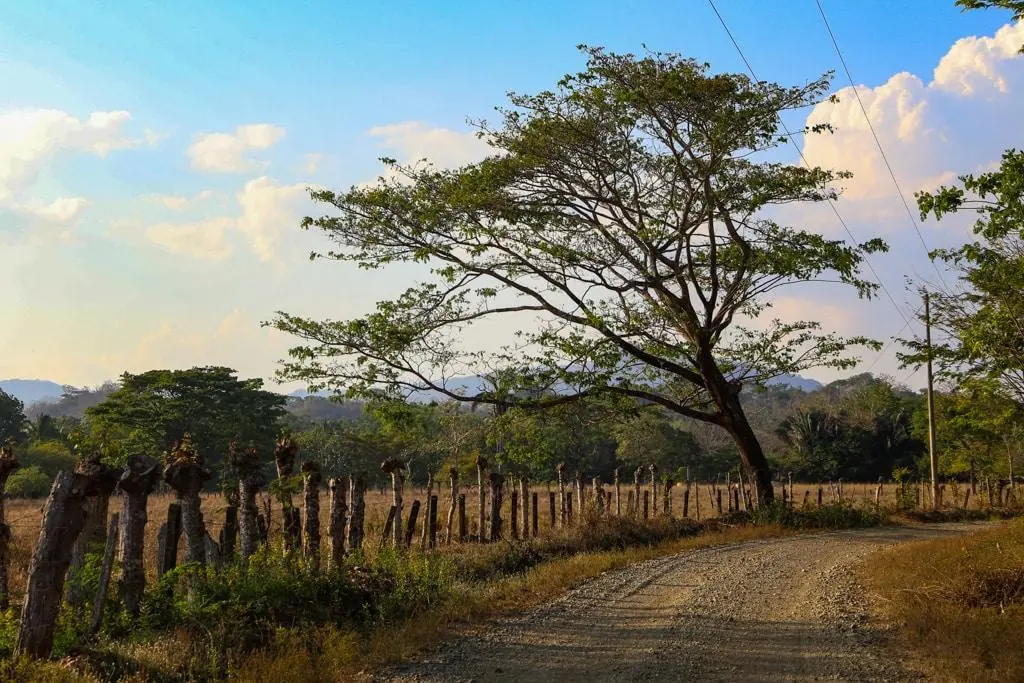
2. Swing Season
As mentioned above, there’s really a mini-season in late November and December. US Thanksgiving and the first three weeks of December might be Costa Rica’s best-kept secret.
Why? The rain has stopped but everything is still very green from rainy season.
There’s a constant breeze blowing this time of year as well so temperatures are absolutely perfect.
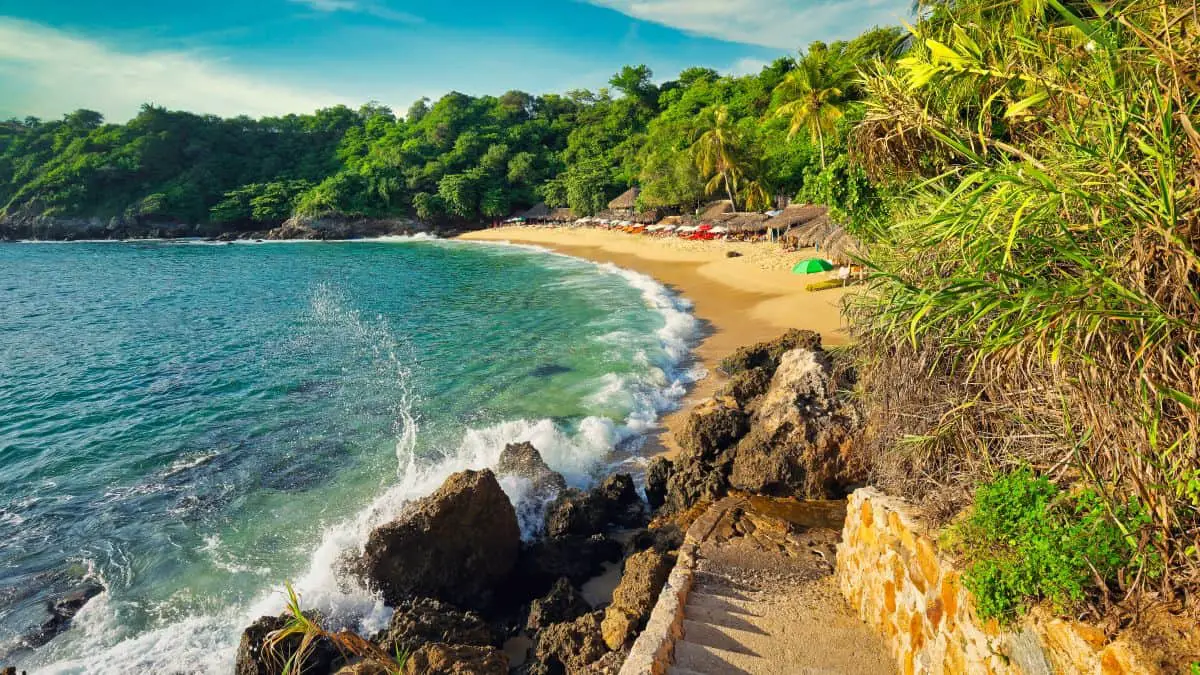
3. Rainy Season
Setting aside the Mini-Summer, Rainy Season generally starts at the end of April and runs through mid-November.
The rain is the strongest in September, October, and November.
When the main roads in Tamarindo were not paved, there was a lot of mud. That has since changed.
Compared to the rest of the country, there is much less rain overall and most days have periods of sun as well.
Rainy season offers by far the best sunsets the country has to offer.
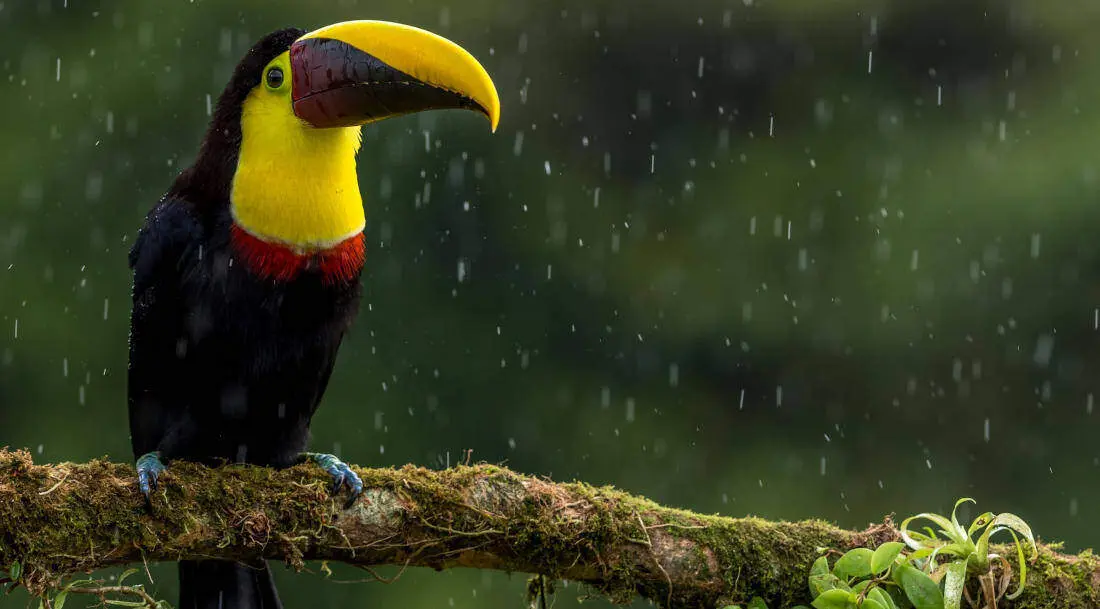
You’ll find better prices on vacation rentals and the town is generally less bustling. While some tourists show up in African Safari gear, you don’t need to bring anything special other than bring a raincoat. Didn’t we mention most people where flip-flops all the time?
For surfers, the rain doesn’t typically come with lightning so sessions are not interrupted.
The temperature reaches the high 80s and might get down to the low 70s at night.
4. Veranillo de San Juan (Mini-Summer)
In mid-July, the rain subsides for a couple of weeks. This is also a great time to visit if you’re worried about rain but want to be around less people, always be able to get a table at the best restaurants, etc.
There are many North American families with kids visiting during their children’s summer breaks but the town is much less full than in January.
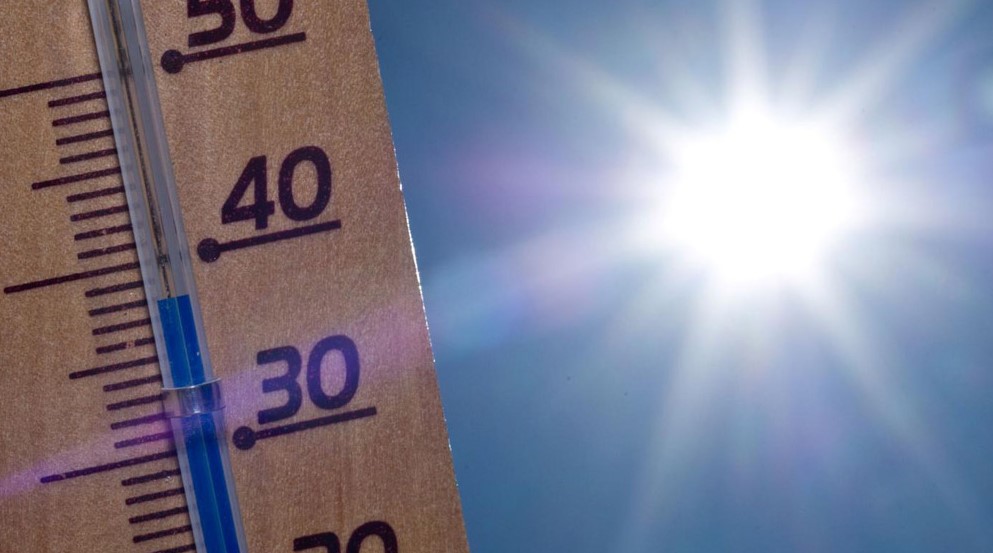
Tourist Population & Tamarindo Weather by Month:
January
The rain has completely passed and fields on the nearby cattle farms are looking yellow. High temperatures are in the 90s during the day. Perfect beach weather. They’ll be crowded for New Years week and then busy but not crazy for the rest of the week.
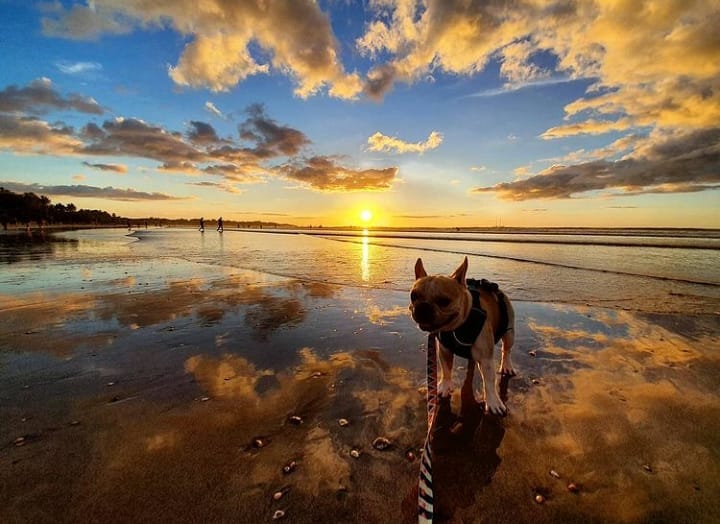
February
More perfect beach weather. Not likely to rain at all. If you take an ATV or horseback tour on one of the many dirt roads around Tamarindo, you’ll need a shower afterward to get the dust off.
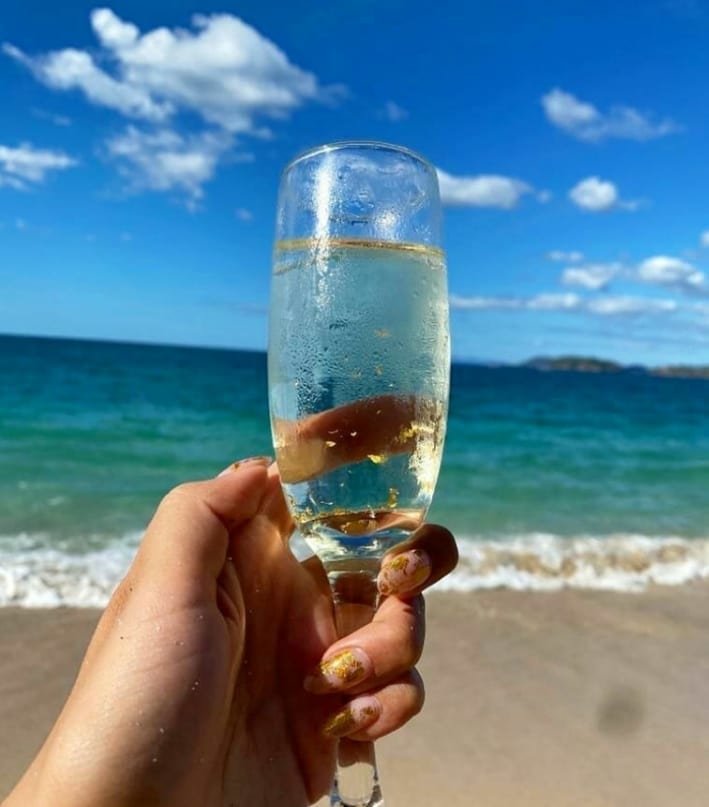
March
More of the same and you’ll start to see Spring Breakers from North America. Parents with school age kids and college students traveling in groups. If one of the nearby off-the-beaten path locations such as Avellanas or the southern end of Playa Conchal is on your radar, you’ll have no problem getting there without a 4×4 vehicle. You’ll also see lots of friends from Costa Rica’s Central Valley visiting if Easter Week or “Semana Santa” falls in March.

April
If Semana Santa is in April, you’ll see local families visiting in April. Towards the end of April, clouds will start to form in the afternoons and light rainfall may occur. The high-season traffic will have slowed down and last-minute flights to Liberia will be easier to get.
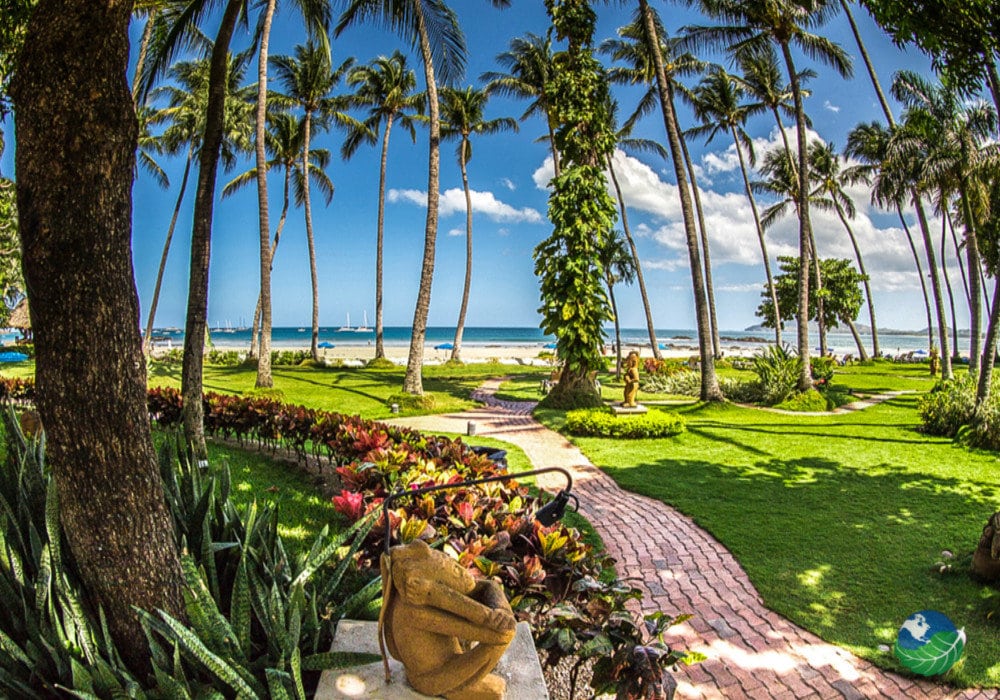
May
Generally, a calm month. It will be raining enough that dust should not be an issue in the countryside on most days. Vacations rentals will generally be more available. For digital nomads, this may be the perfect time to start a multi-month visit to Tamarindo, Playa Grande, or other areas that are within an hour of the international airport.

June
Tourism will pick up again in June as North American schools are out and families travel to the area. There will be scattered showers most days and often incredible sunsets as the clouds don’t reach all the way to the horizon as the sun sets over the Pacific Ocean.
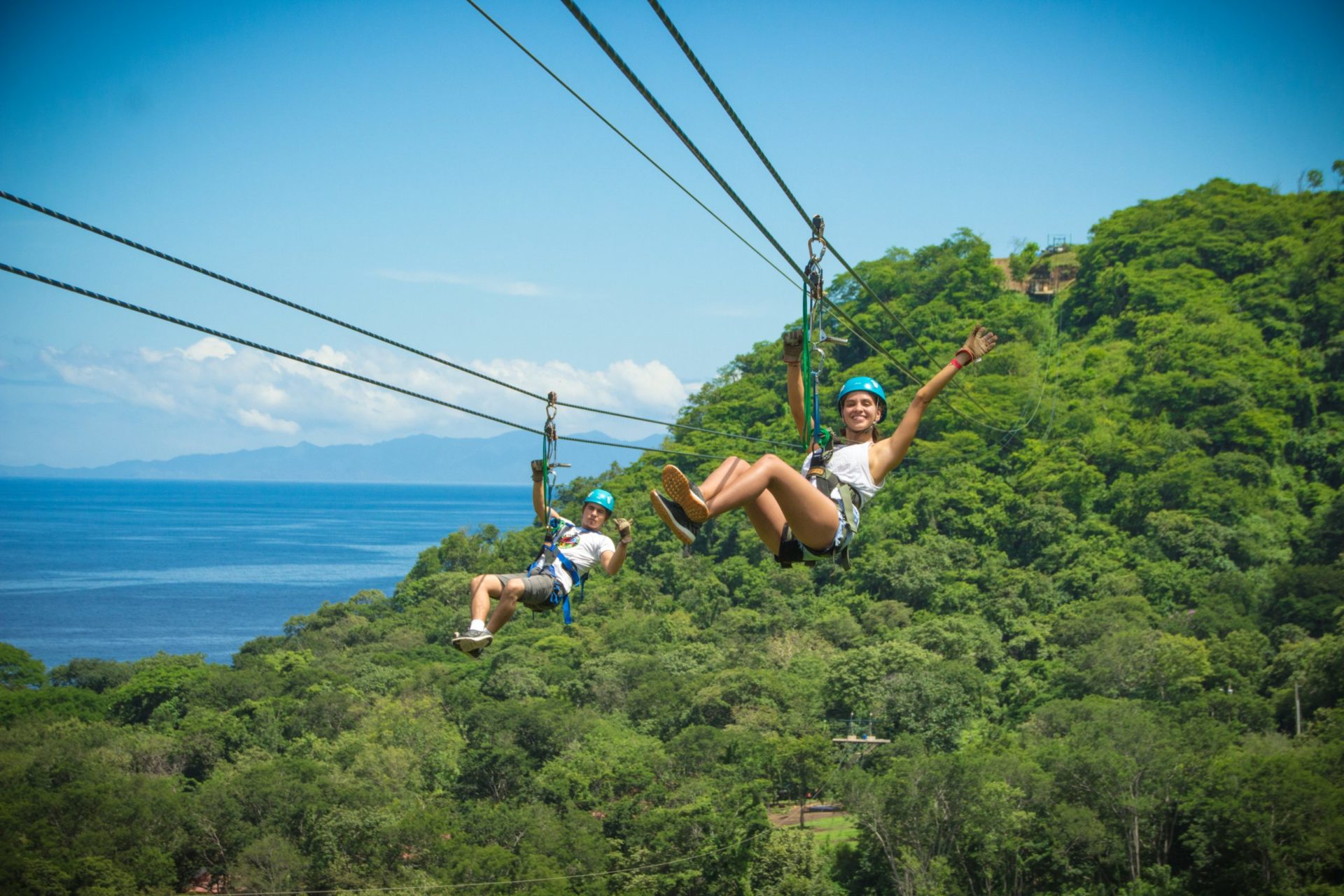
July
The “Mini-Summer” will arrive, which is confusing for most people from the Northern Hemisphere because summer is actually late December through April. The Veranillo de San Juan will usually completely end rain for 1-2 weeks for a really nice period of time where the town is busy but not close to peak capacity.
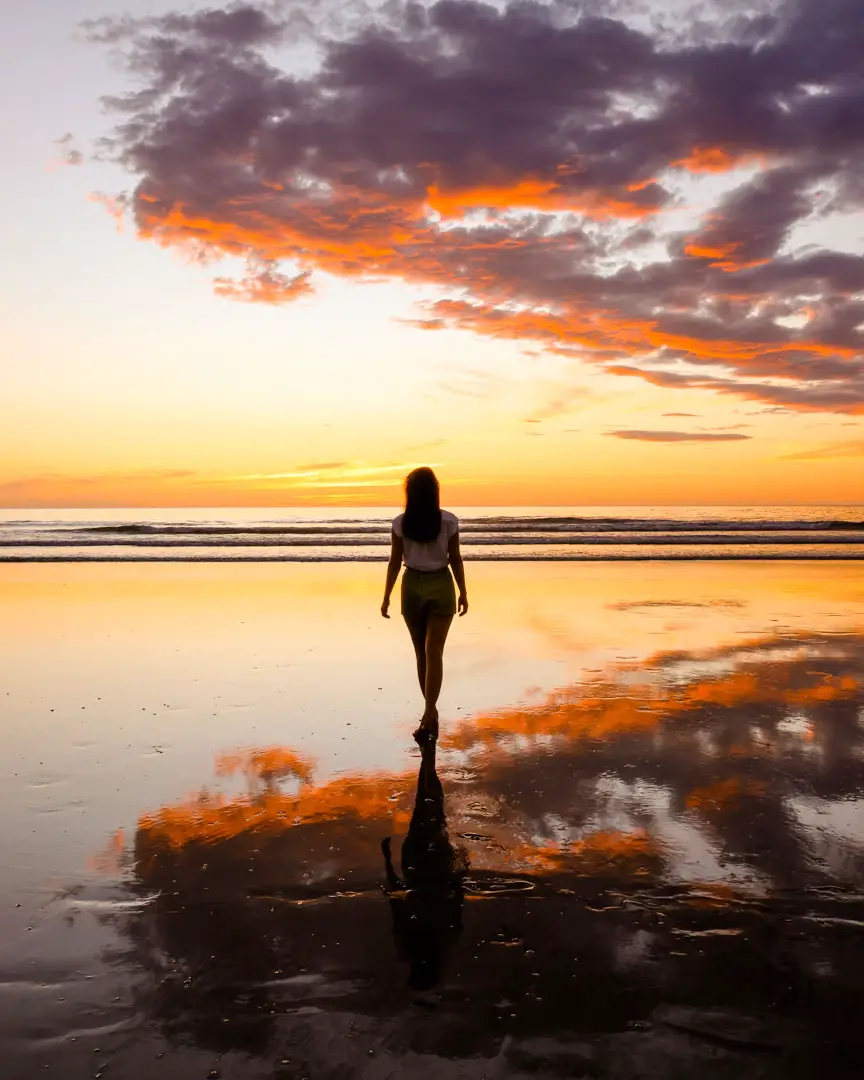
August
It will rain most days, and you’ll want to bring multiple pairs of shoes as most side roads are not paved in the area. Towards the end of the month, the rains will get stronger, and clouds may be so thick that sunsets are not as spectacular.
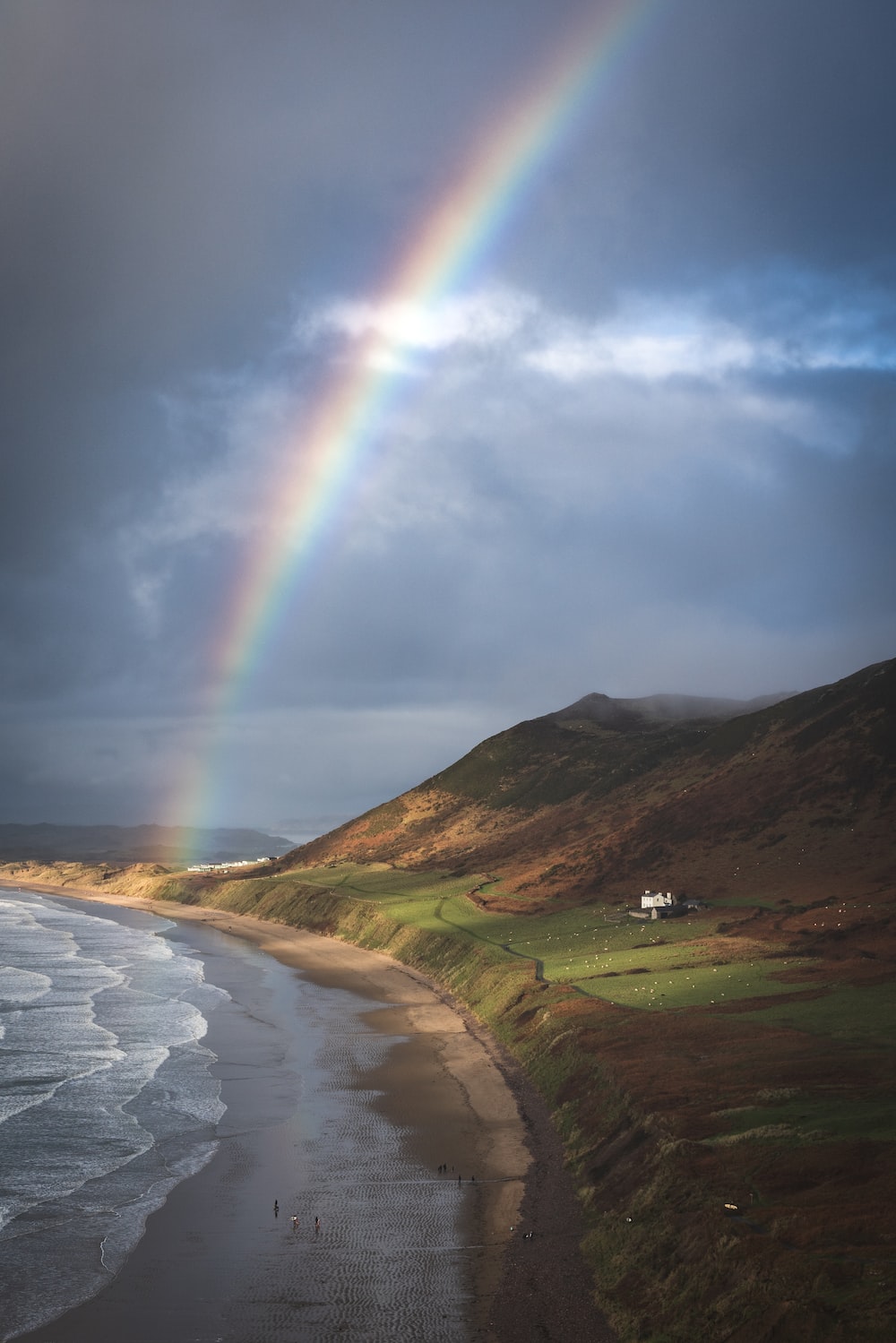
September
This is the beginning of the heart of rainy season, where everything in the area is at maximum lushness. Flowers are everywhere and trees are fruiting. European tourists will be ecstatic that their North American friends are less populous. Surfers love this time of year because the waves are less crowded. Note that Tamarindo is in a Temperate Dry Forest area (not a rainforest). The main roads into and out of Tamarindo are paved and not in danger of washing out. There are no mudslides in the area as it not mountainous.
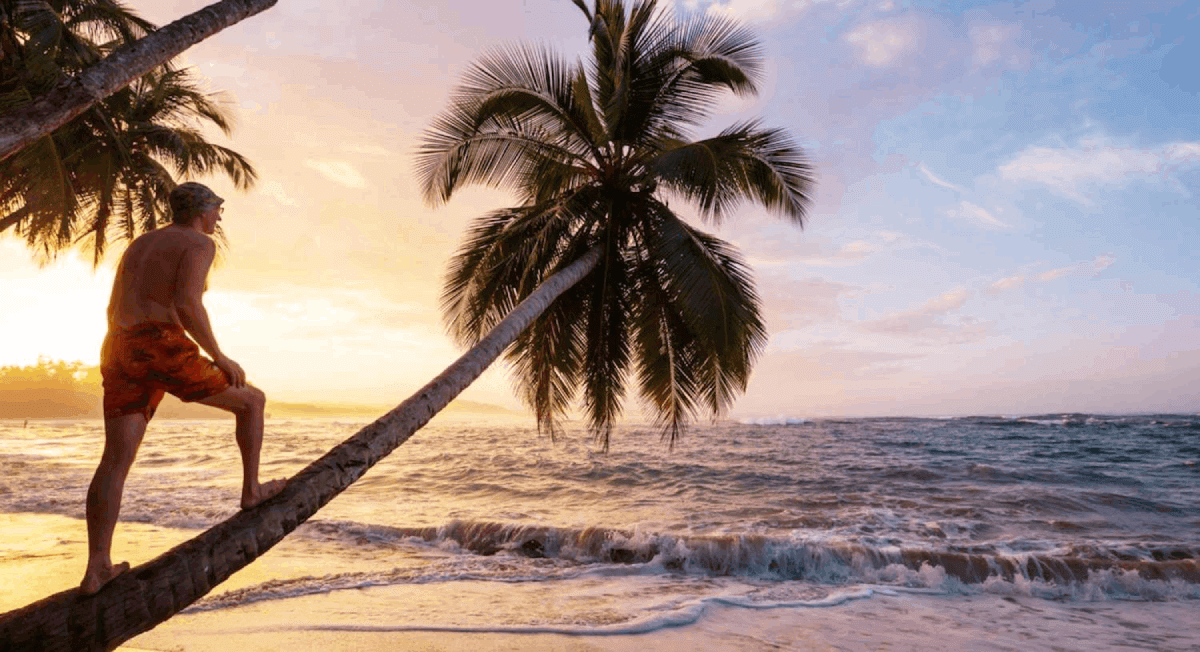
October
Still in the heart of rainy season, Tamarindo will be a bit sleepy. Locals will be doing renovation projects and some stores and restaurants will limit their hours. Foreign nationals often visit home during this time of year. Still a fantastic time to surf. Probably not a good time to combine a beach trip to Tamarindo with a visit to Volcan Arenal or Monteverde.

November
Rainy season will still be in full effect but taper down to mostly sunny days by US Thanksgiving. This is a “hidden treasure” period of time in the area where the
heavy rain is gone, but all of the amazing plant life in the area still lush and conserving water like in high season. Gentle winds will be blowing most and temperatures will not be as hot as in full dry season.
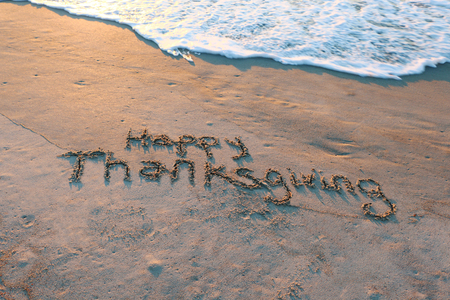
December
Early December is the tail end of the hidden season or Swing Season. Christmas week will be very busy with foreign visitors wanting to get out of the cold back home and traveling with their children. New Years week will be even busier as our friends from the Central Valley come to the area for family retreats as well.
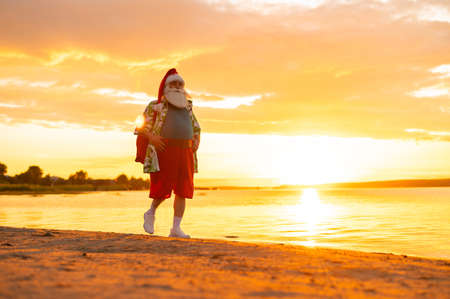
How Should I Prepare for the Tamarindo Costa Rica Weather?
As a property owner, you want to be sure you don’t have clogged gutters or drains. On a particularly strong day, your pool water level might need to be lowered a bit. We take care of those things as part of our Tamarindo Property Management services.
For tourists, it’s not really a big deal. If you want to do outdoor hiking, expect your shoes to need a rinse when you get back to your vacation rental.
Since our properties have laundry, you’ll be in good shape to wash anything muddy before you depart for your next destination.
Is the Weather So Bad in Rainy Season in Tamarindo that I Shouldn’t Visit?
No, some parts of the country are really dramatically affected by rain. The biggest issue years ago was that so many roads became unpassable. Rock slides and rivers that got too high mention certain routes couldn’t be completed.
All of the roads between Tamarindo and both international airports are now paved and well-maintained so that’s no longer an issue.
And if you’ve heard stories from friends about being in nothing but torrential rain in Costa Rica for a week, that was mostly like at Monteverde or somewhere in the Central Valley.
Are There Hurricanes in Tamarindo?
No, hurricanes don’t hit the Pacific Side of Costa Rica. They rarely impact the Caribbean side for that matter (other than increased rain). The spine of Central America, a mountain chain that extends from the Rockies down through Mexico and onto South America separates the temperate dry forest of Guanacaste from weather patterns on the Gulf of Mexico.
How Do Locals Feel About Tamarindo’s Weather?
In general, the climate is amazing. Most locals don’t keep formal wear around at all. You’ll be hard-pressed to find anyone outside of the banks wearing a suit.
People are just as active during the rainy season. While everyone in Costa Rica is super-friendly to tourists, many local business folks are appreciative of a little bit slower pace so they can take care of maintenance and inventory-type work.
Since most locals are very active, they typically drive trucks just so that have the flexibility to go to hidden beaches in the area, but that’s just personal preference.
